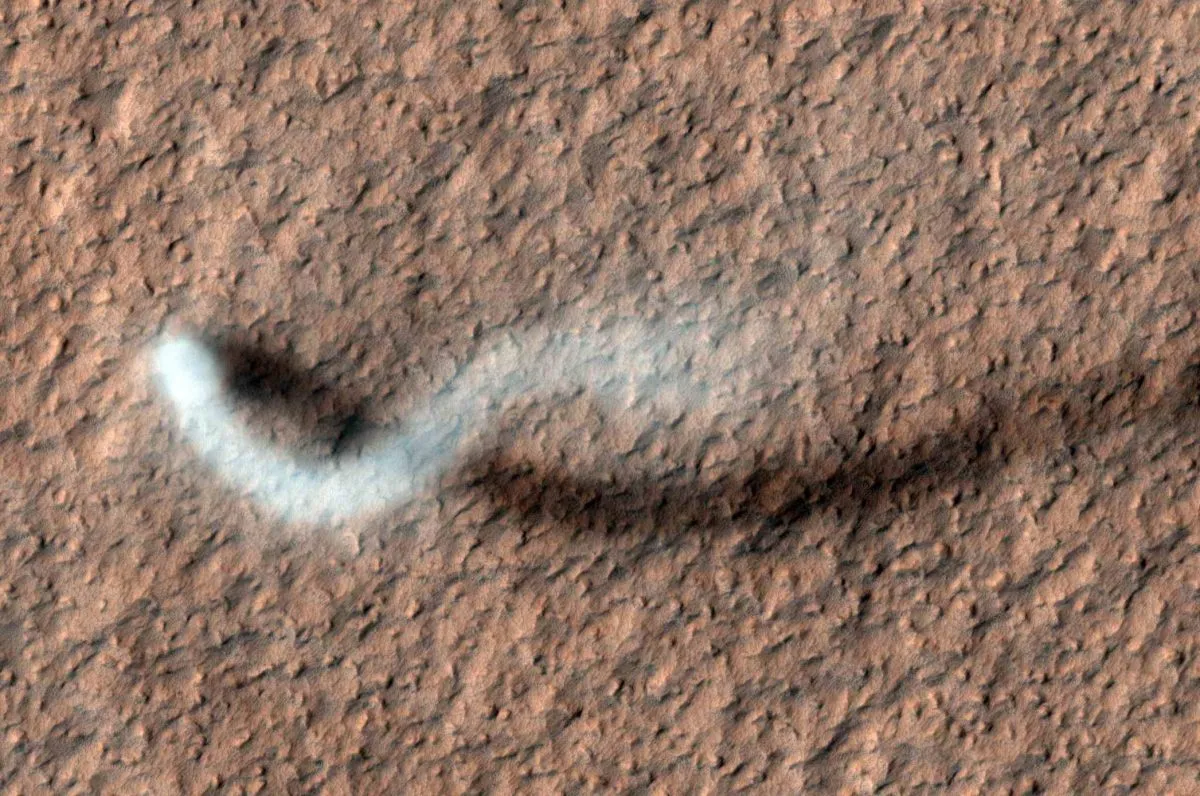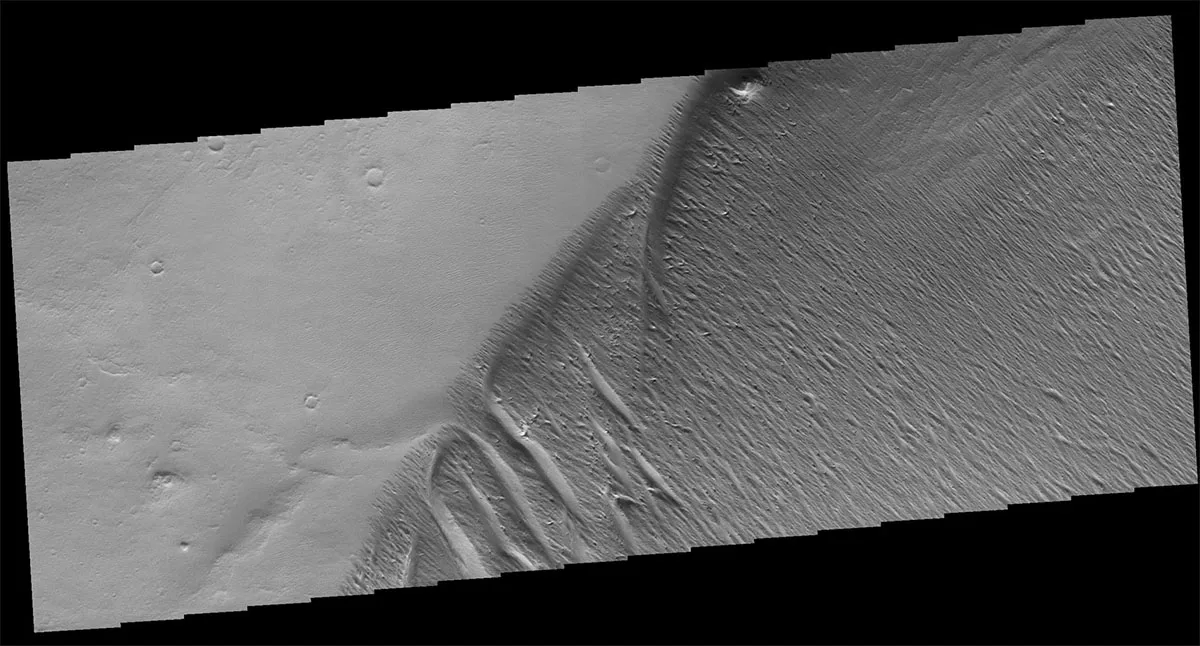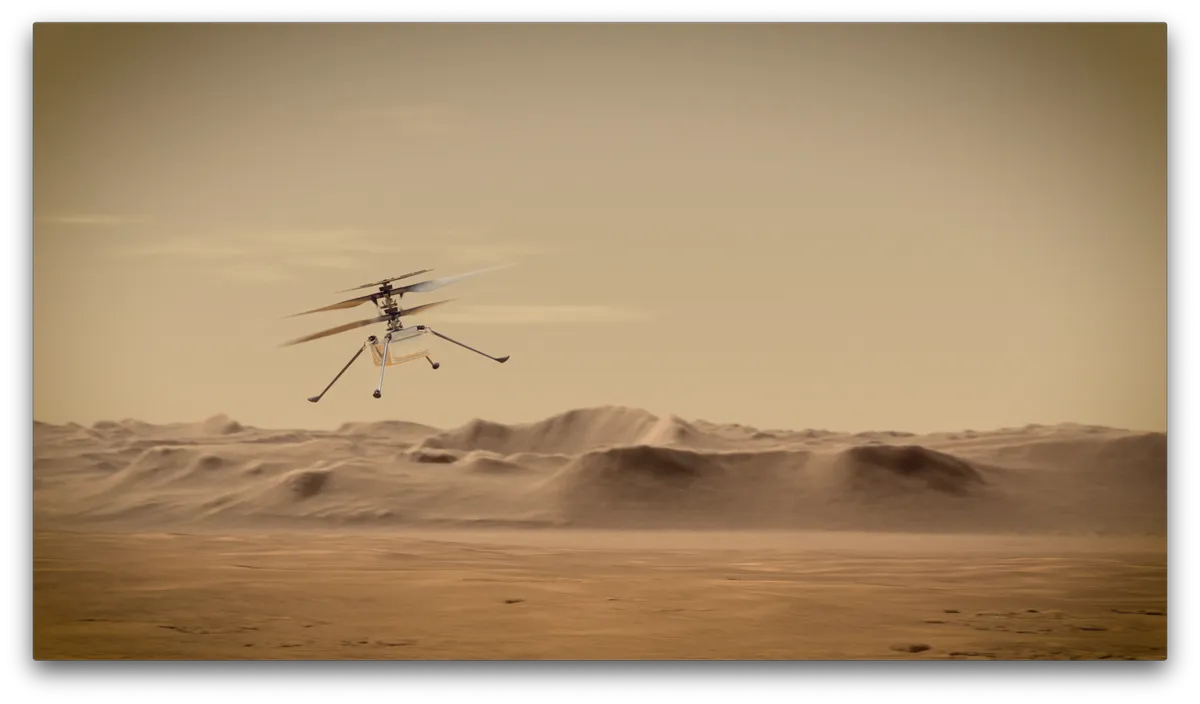The film The Martian saw astronaut Mark Watney marooned on Mars after a dust-storm threatened to topple his crew’s ascent craft. Although the film (and the book it’s based on by Andy Weir) is pretty true to the science and technology that will be needed for a human mission to Mars, this opening scene played with dramatic licence.
Even though Martian winds can peak at over 100kph, the atmosphere is so thin you would barely notice this buffeting a space suit.
Read more about Mars:
- The new missions heading to the Red Planet
- Buzz Aldrin's vision of Martian exploration
- How ExoMars 2020 will search for signs of life
That’s not to say that a more complete understanding of Martian winds is not needed. Scott Guzewich of NASA’s Goddard Space Flight Center has led the publication of a white paper – a scientifically supported persuasive report – stressing the key importance of global Martian wind observations within the next decade.
A detailed description of the winds around Mars is a major missing piece of the jigsaw puzzle of our understanding of the planet’s climate and the shaping of its features. Hopefully, upcoming missions such as NASA's new Perseverance rover, due to land on 18 February 2021, will be able to answer this question.
What would the night sky look like on Mars?

Wind transports dust, water vapour, and trace gases like methane around the planet, and redistributes the Sun’s warmth from the equator towards the poles.
Over the past three billion years, winds have also been one of the most important processes for moulding the Martian landscape: depositing dust and burying older surfaces, moving dunes and eroding exposed rock formations.
Grit-laden winds act like a persistent sand blaster and in some locations, material spanning depths of hundreds of metres has been eroded away.
Soft, friable (crumbly), sedimentary layers are much more vulnerable than volcanic rocks, and it’s these sedimentary accumulations that hold the secret to Mars’s early climate; the story of ancient water and possible signs of preserved past life.

Sending humans to Mars
Getting a clearer picture of the atmospheric behaviour on the Red planet is also important for safely sending human missions to Mars.
The entry, descent and landing sequence is affected by atmospheric variables – in particular the winds while descending under parachute – as is the launch from the surface back again.
Equipment can be damaged by wind-blown dust; the Apollo missions to the Moon showed just how destructive fine, abrasive dust particles can be to the joints of a spacesuit.
Solar panels providing power to the habitat are especially sensitive to the build-up of wind-blown sediment.
A robust understanding of the winds blowing – not only at ground level but also at varying altitudes in the atmosphere – and how this atmospheric circulation changes with the seasons, is crucial for reducing the uncertainty and the risks involved in crewed missions.

To plug these gaps in our knowledge, Guzewich and his colleagues argue that a comprehensive mapping of Martian winds must become a priority over the decade from 2023–32.
They say that the necessary measurements are Martian wind direction and speed, from the surface up to at least 80km altitude, covering at least one Mars year and across the entire planet with a resolution of less than 300km.
Suitable instruments are already in development to be ready to fly on Mars orbiter probes in the next decade.
These include techniques like Lidar (that functions like radar but with a laser beam), which can measure wind speeds by looking at the suspended dust in the lower 50km of the atmosphere.
This works day or night, and even within dust storms: something about which, at the moment, we are mostly in the dark.
Lewis Dartnell was reading Measuring Mars Atmospheric Winds from Orbit: A White Paper submitted to the Planetary Science and Astrobiology Decadal Survey 2023-2032 by Scott Guzewich et al. Read it online at https://arxiv.org/abs/2007.05412.
Prof Lewis Dartnell is an astrobiologist at the University of Westminster. Follow him on Twitter @Lewis_Dartnell.
This article originally appeared in the October 2020 issue of BBC Sky at Night Magazine.
